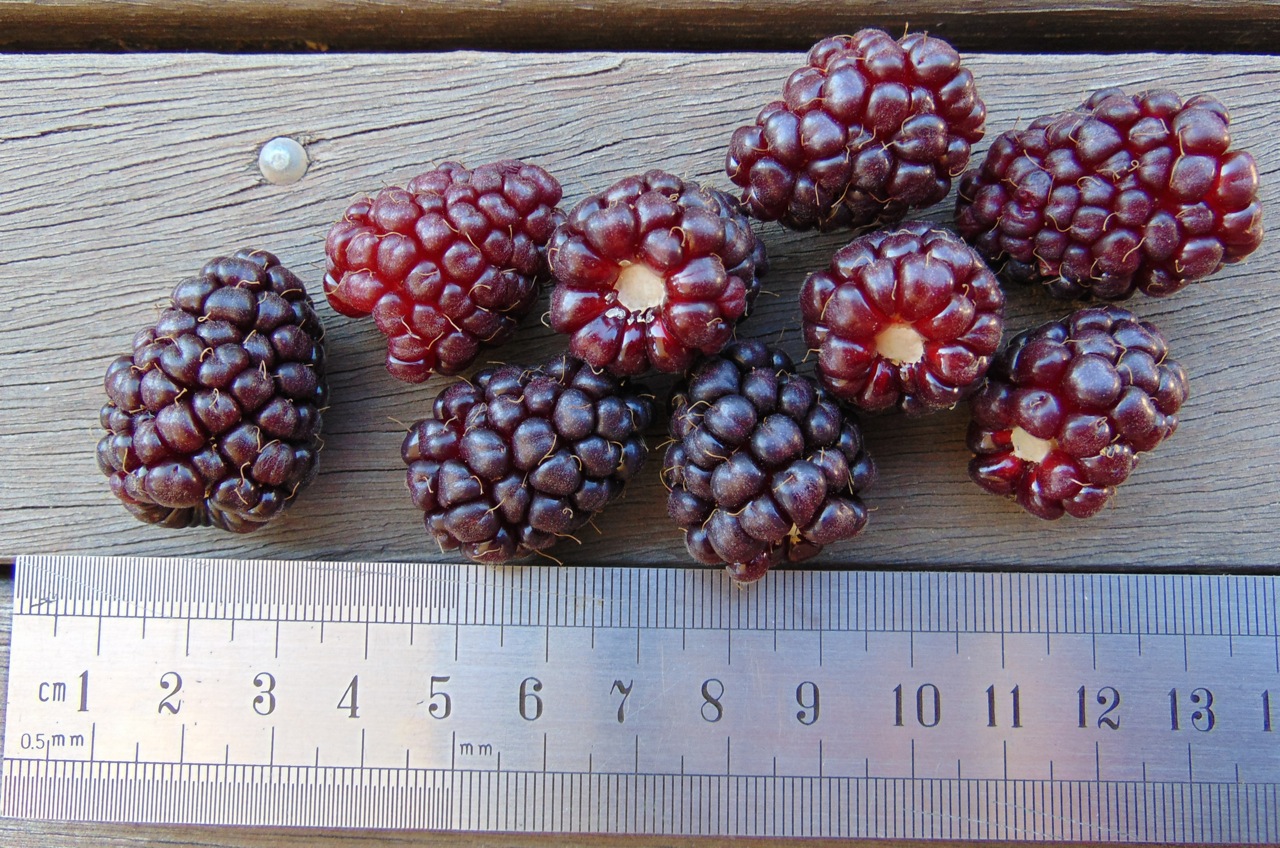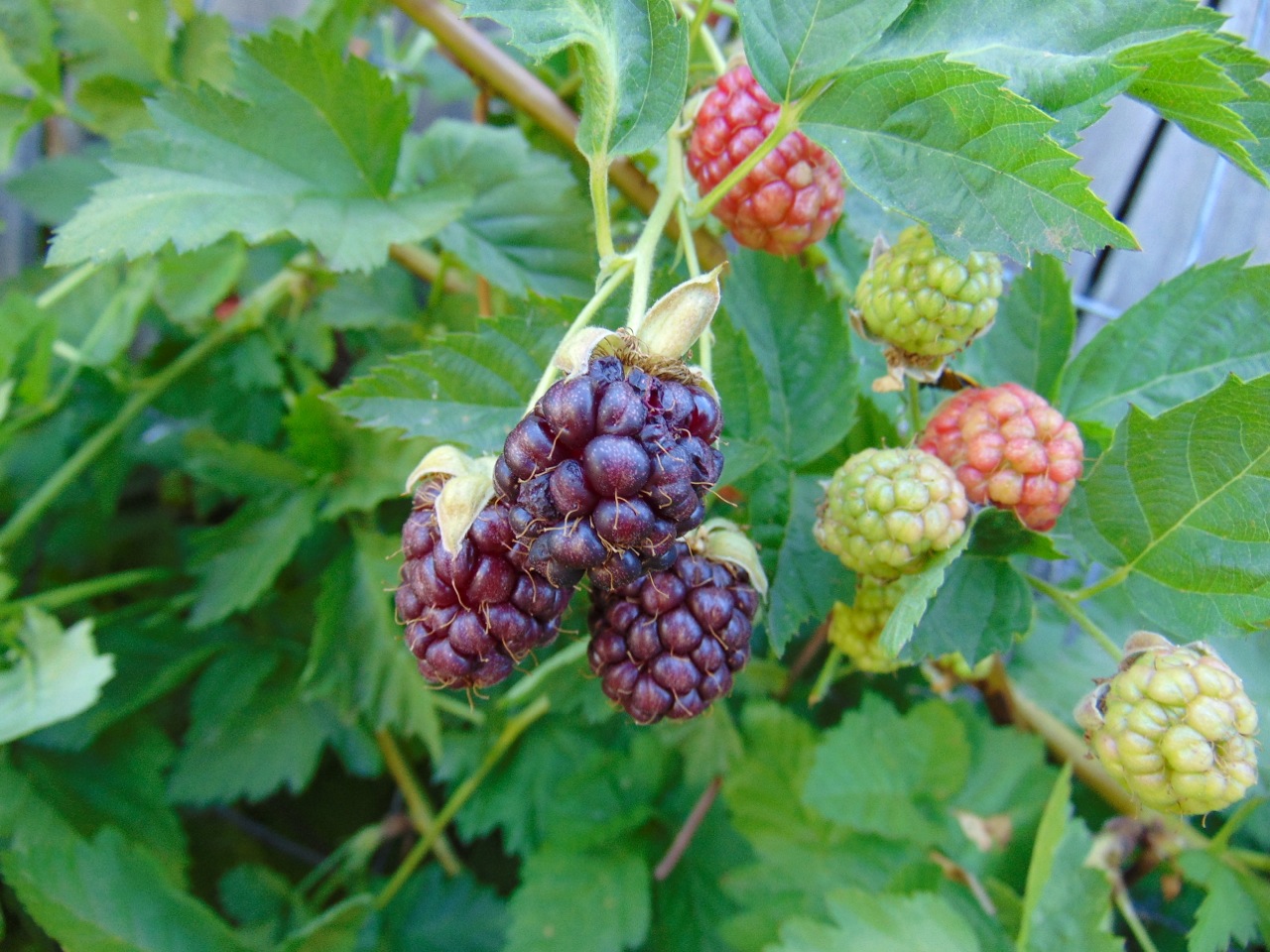Growing Loganberries successfully starts with understanding what these unique berries need to thrive. From soil composition to pruning techniques, this guide covers everything you need to know to get a healthy harvest.
Soil Composition and pH Levels for Loganberry
Loganberries grow best in well-drained soil that contains a mix of sand, loam, and clay. The ideal soil pH for Loganberries is between 4.5 and 6.0, which means they prefer slightly acidic conditions. It’s also important to keep the soil nutrient-rich. Key nutrients include nitrogen, phosphorus, potassium, sulfur, calcium, and magnesium. Regular soil testing can help maintain the right balance.

How to Water Loganberry Plants
Loganberries like moist soil, but they don’t do well in soggy conditions. Aim to water your plants deeply—about 1 to 2 inches of water per week. During hot or dry spells, increase the frequency. Watering in the early morning or evening helps reduce evaporation and allows the roots to absorb moisture more efficiently. Try to avoid getting the leaves wet to prevent fungal issues.
Do Loganberry Plants Have Flowers?
Yes, Loganberry plants do produce flowers. These blooms typically appear in spring and attract pollinators, which are crucial for fruit production. The flowers are small but noticeable, and they mark the beginning of the berry-growing process.
Does Loganberry Produce Fruit?
Absolutely. Loganberries are a cross between raspberries and blackberries, and they produce edible fruit once mature. The berries range in color from deep red to dark purple or black, depending on the variety. They’re great for fresh eating, baking, jams, and more.
How to Propagate Loganberry Plants
Loganberries are usually propagated using cuttings from mature canes. The best time to do this is in late winter or early spring. Use sterile tools and rooting hormone to encourage growth, and plant the cuttings in a moist, well-lit area out of direct sunlight. It takes about 2–3 months for new plants to become established.
Common Pests and Diseases in Loganberry
Loganberry plants are susceptible to several pests and diseases. Watch out for:
Aphids
Spider mites
Leafhoppers
Birds
Gray mold
Crown gall
To reduce the risk, keep your garden clean, prune regularly, and use natural or chemical controls as needed. Good air circulation and proper spacing can also help prevent disease.

Are Loganberry Plants Safe for Pets?
Some pets may experience mild irritation if they come into contact with Loganberry plants. This could include skin, eye, or throat irritation, and possibly digestive upset if consumed. It’s best to keep pets away from the plants and monitor for any signs of reaction.
Popular Loganberry Varieties
There are several Loganberry varieties, each offering different flavors and characteristics:
Red Inferno
Vina Black
Merton Fancy
White Treat
Each type varies in color, sweetness, and use. Whether you’re making pie or preserving jam, there’s a variety that fits your needs.

Can Loganberries Grow in Pots or Containers?
Yes, Loganberries can be grown in pots or containers, making them a great choice for small gardens or patios. Use a large container with good drainage, and be sure to water and fertilize regularly. Container growing also helps with pest control and makes harvesting easier.
How to Care for Loganberry Plants
Loganberry care involves:
Planting in full sun
Watering consistently
Fertilizing twice a year
Pruning in spring and fall
Birds love Loganberries, so consider using netting to protect the fruit. Healthy plants will reward you with a robust harvest season after season.
Best Companion Plants for Loganberries
Companion planting can enhance your Loganberry patch. Try planting:
Asters and coreopsis for pollinators
Trillium for partial shade
Purple coneflower to retain soil moisture
These companions can also help suppress weeds and reduce pests naturally.
Planting and Spacing Guidelines
Plant Loganberries 8 to 12 feet apart, with rows spaced 8 to 10 feet apart. Set plants 2 to 4 inches deep in well-drained, sandy loam. Choose a sunny spot and include at least one male plant within 150 feet if growing varieties that need cross-pollination.
Best Time to Plant Loganberries
The best time to plant Loganberries is late fall or early spring. This timing gives the roots a head start before extreme temperatures hit. Avoid planting too early to prevent premature fruiting, which can reduce long-term yield.

Health Benefits of Loganberries
Loganberries are packed with nutrients:
High in fiber
Rich in vitamin C
Contain antioxidants like quercetin and gallic acid
Good source of minerals like iron, magnesium, and potassium
These berries support immune health, reduce inflammation, and may boost cognitive function.
How Long Does It Take to Grow Loganberries?
Loganberries generally take 1–2 years to establish and start producing a good crop. In warmer climates, this process might be quicker. Providing full sun, regular watering, and good pruning practices will help speed up growth.
How to Prune Loganberry Plants
Start pruning Loganberries after they’ve fruited for at least two years. Remove dead or diseased wood first. Next, cut away any old, weak, or crossing branches to improve air circulation. Shape the plant to create an open center so sunlight can reach all parts of the bush. This helps prevent disease and encourages better fruiting.
Whether you’re growing for fun, food, or health, Loganberries are a rewarding addition to any home garden.

